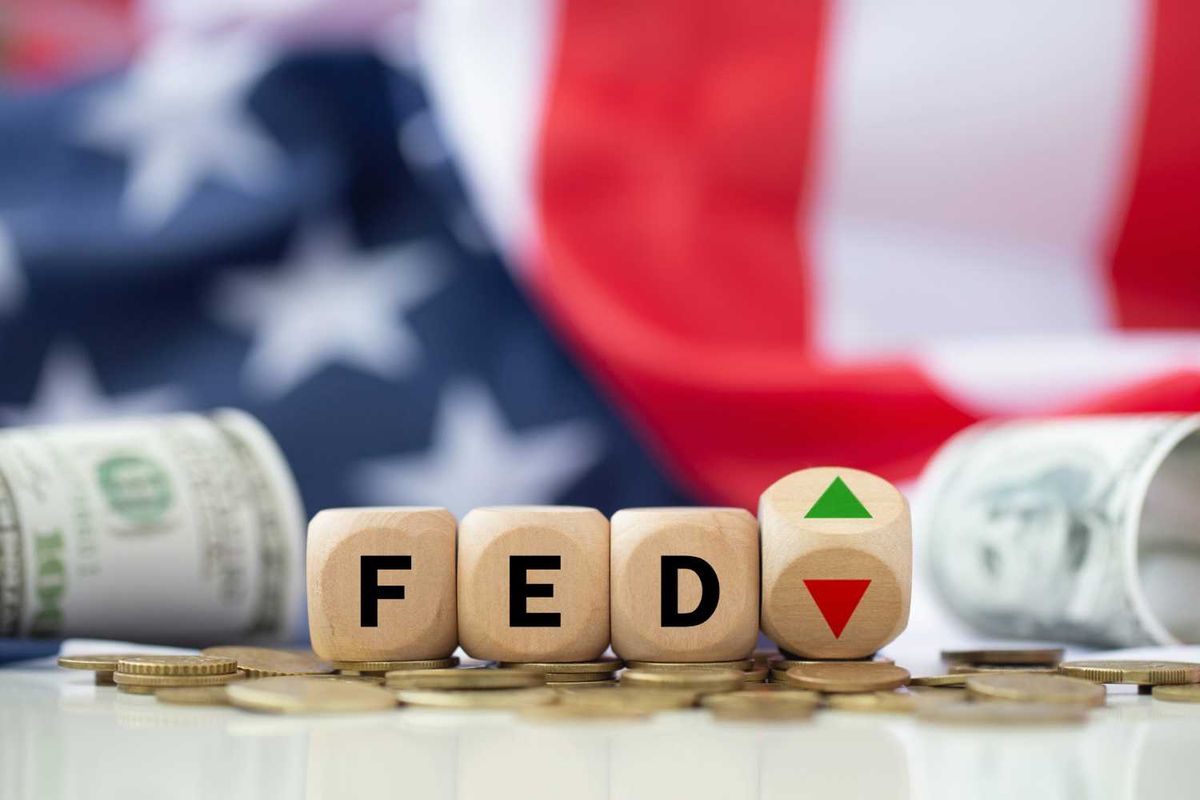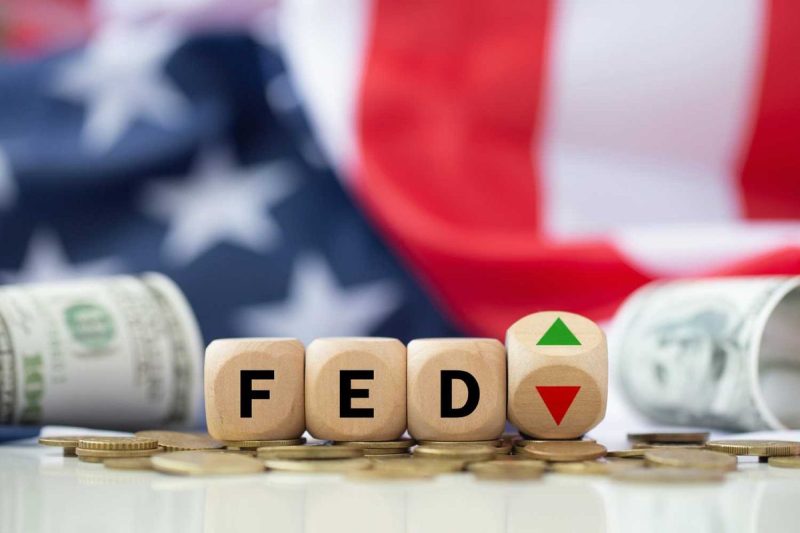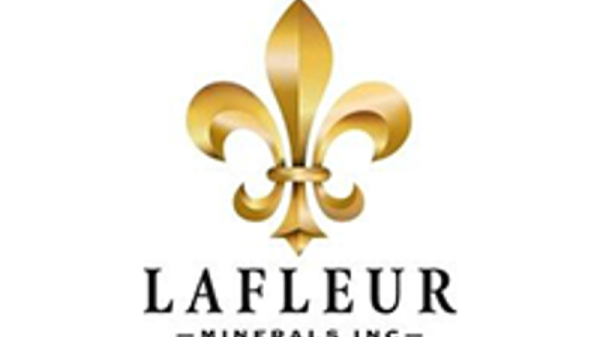

Uncertainty over the autonomy of the Federal Reserve under US President Trump echoes historical executive overreach, and is boosting gold’s safe-haven appeal.
In its annual Precious Metals Investment Focus report, published on October 25, Metals Focus highlighted a number of factors amplifying gold’s safe haven appeal and driving prices above US$4,000 per ounce.
One of the factors was fears over the independence of the Fed. As the agency tasked with setting the country’s monetary policy, the Fed is coming under increasing political pressure by Trump to lower interest rates.
“Concerns over the Fed’s independence and the challenges concerning US fiscal policy have eroded confidence in the US dollar, while geopolitical risks have also provided support,” stated the firm “These factors have boosted demand for gold for portfolio diversification, with gold’s strong price performance further enhancing its appeal to investors.”
The Fed’s independence has long been a cornerstone of US monetary policy. Its purview includes managing the country’s money supply, setting interest rates as well as buying and selling of US Treasury securities on the open market.
In order to protect both democracy and the integrity of the capital market system from political pressures, the Fed must be free to conduct these operations independently from the president or Congress.
Trump spars with Powell over interest rates
Trump appointed Powell as Fed chair during his first presidential term, but nevertheless took to Twitter in August 2019 to ask, “who is our bigger enemy, Jay Powell or Chairman Xi?”
The statement came after Powell made comments at an annual conference in Jackson Hole, Wyoming, suggesting Trump’s trade policies vis-à-vis China were weighing on economic growth.
More recently, in April of this year, the president blasted Powell for keeping interest rates unchanged: ‘The Fed really owes it to the American people to get interest rates down, that’s the only thing he’s good for.”
While the Fed has cut rates twice this year, it only amounts to 50 basis points, with rates now in a range of 3.75 to 4 percent. Powell has publicly balked at the idea of making deeper cuts — further stoking Trump’s ire.
Following the first rate cut in September, a Politico reporter asked Powell what may signal to Americans that the Fed is no longer acting nonpartisanly. “We don’t frame these questions at all or see them in terms of political outcomes. In another part of Washington, everything is seen through the lens of does it help or hurt this political party, this politicians,” Powell said. “That’s the framework. People find it hard to believe that’s not at all the way we think about things at the Fed. We take a longer perspective, we’re trying to serve the American people as best as we can.”
What history tells us about political pressure, the Fed and stagflation
“There’s no secret as to the president’s feelings towards Chairman Powell. Trump wants lower interest rates and a more accommodative Fed, and has been very vocal in saying that, to the extent that everyone is now saying Fed independence is at risk. And look, it might be, but it’s not like we haven’t been here before,” he said.
A prime example, said Rozencwajg, occurred alongside the Vietnam War in the mid-1960s. President Lyndon B. Johnson bullied Fed Chair William Martin (the longest tenured Fed chair and a man whose father helped draft the Federal Reserve Act) into keeping interest rates low to help the government fund not only the Vietnam War but also social welfare programs at home without the need to upset the voting public with tax hikes.
When Martin didn’t get on board with Lyndon’s “guns and butter” economic policies, the then-president reportedly threatened to replace Martin as Fed chair, cut the Fed’s budget and suffocate it with audits.
At first stalwart in his fight to preserve the value of the dollar, Martin eventually capitulated by delaying further hikes before eventually cutting rates and keeping them low. In doing so, he planted the seed for what’s now called the “Great Inflation.” Between 1965 and 1980, the annual average US inflation rate rose from 1.6 percent to a peak of 13.5 percent.
Lyndon’s successor Richard Nixon is another prime example of a US president bullying the Fed to lower rates in order to advance politically with disastrous consequences.
This time the Fed chair was Arthur Burns, another believer in the importance of Fed independence. However, Nixon felt Burns owed him a debt of loyalty for making him an economic advisor and later appointing him as Fed chair. Heading into the 1972 election season, Nixon wanted Burns to lower rates in order to juice the economy in the short-term.
“I respect Burns’s independence. But I hope that independently he will conclude that my views are the ones that should be followed,” said Nixon, who also used US Treasury Security John Connally to further put the squeeze on Burns.
Like Martin, he would eventually cave by slashing rates and expanding the money supply far above the Fed’s stated targets. This led to what’s known as the “Nixon Shock,” which brought about the collapse of the Bretton Woods system of fixed exchange rates and ended the convertibility of US dollars into gold.
This resulted in the devaluation of the US dollar and ultimately sank the economy deeper into the Great Inflation to the point that stagflation (inflation + no economic growth) took hold.
“(Arthur Burns) had a tough job and was under a huge amount of pressure, and was a very astute economist and Fed chairman,” said Rozencwajg. “But nevertheless, he probably wins the award for the worst Fed chairman in history, just because he was there and it all happened under his watch.”
Once decoupled from the dollar, the price of gold surged from the decades-long fixed price of US$35 per ounce under the Bretton Woods system to more than US$600 by the spring of 1980. The gold price would manage to retain that level for much of the year before starting a downward slide to half that value by mid-1982. The yellow metal would not achieve that high again until the spring of 2006 on renewed inflationary fears and a weaker US dollar.
To tame the inflation beast of the 1970s, Fed Chair Paul Volcker (serving from 1979 to 1987) had to raise interest rates to 20 percent. While his plan, known as the “Volker Shock,” did eventually curb inflation down to 3 percent by 1983, it also brought about two recessions and unemployment over 10 percent.
Trump to replace Powell with political loyalist
A modern day example of the executive branch threatening the independence of the Fed is now playing out for us to watch in real time. Today, the players are Trump and Powell. This time, the president is pushing the Fed chair to lower rates at a faster pace in order to support his tariff-based economic policies as the threat of stagflation looms.
Powell’s comments following the 0.25 percent rate cut on October 29 show he isn’t likely to play ball. “In the committee’s discussions at this meeting, there were strongly differing views about how to proceed in December,” he said. “A further reduction in the policy rate at the December meeting is not a foregone conclusion. Far from it.”
Rozencwajg believes Powell wants to be remembered in the same vein as Volcker, not as Burns. “But there’s a third option, which I don’t think anyone’s really considered, which is that he’ll go down as Martin, the guy who tried his best and ultimately was pressured out and whose views were then completely undone in the chairmanship after,” he added.
By the end of this year, Trump intends to announce a replacement for Powell, whose term expires in May 2026. Echoing LBJ and Nixon’s threats to the Fed, Trump exclaimed at a business leaders dinner in Tokyo in October, “We have an incompetent head of the Fed … but he’ll be out of there in a few months, and we’ll get somebody new’.
US Secretary of the Treasury Scott Bessent has announced a shortlist of candidates to take the stop spot, including Fed Governors Christopher Waller and Michelle Bowman, National Economic Council Director Kevin Hassett, former Fed Governor Kevin Warsh and BlackRock (NYSE:BLK) executive Rick Rieder.
“In the 1970s they didn’t believe that the money supply was responsible for higher prices in the economy, and the current Fed doesn’t believe that their own policies of printing money are responsible for increased prices,” he said. “There were some very dovish people appointed to the Fed in the 1970s who allowed politicians to strong arm them into dovish low interest rate policies … President Obama, President Biden and now President Trump are loading up the Federal Reserve with monetary doves who will cut interest rates and expand the money supply at the drop of a hat.”
Regardless, Powell’s days at the Fed are numbered. “President Trump’s going to replace him with another dove, who’s going to be even more aggressive with monetary policy,” said Thornton.
Both Thornton and Rozencwajg believe the bull market for gold has much further to go. With another dove at the helm of the Fed, lower interest rates are on the horizon. Lower interest rates make gold a much more attractive investment option than yield-bearing assets. The promise of higher inflation and continued economic uncertainty will also likely continue incentivizing both investors and central banks to pile into safe-haven gold.
Securities Disclosure: I, Melissa Pistilli, hold no direct investment interest in any company mentioned in this article.

















